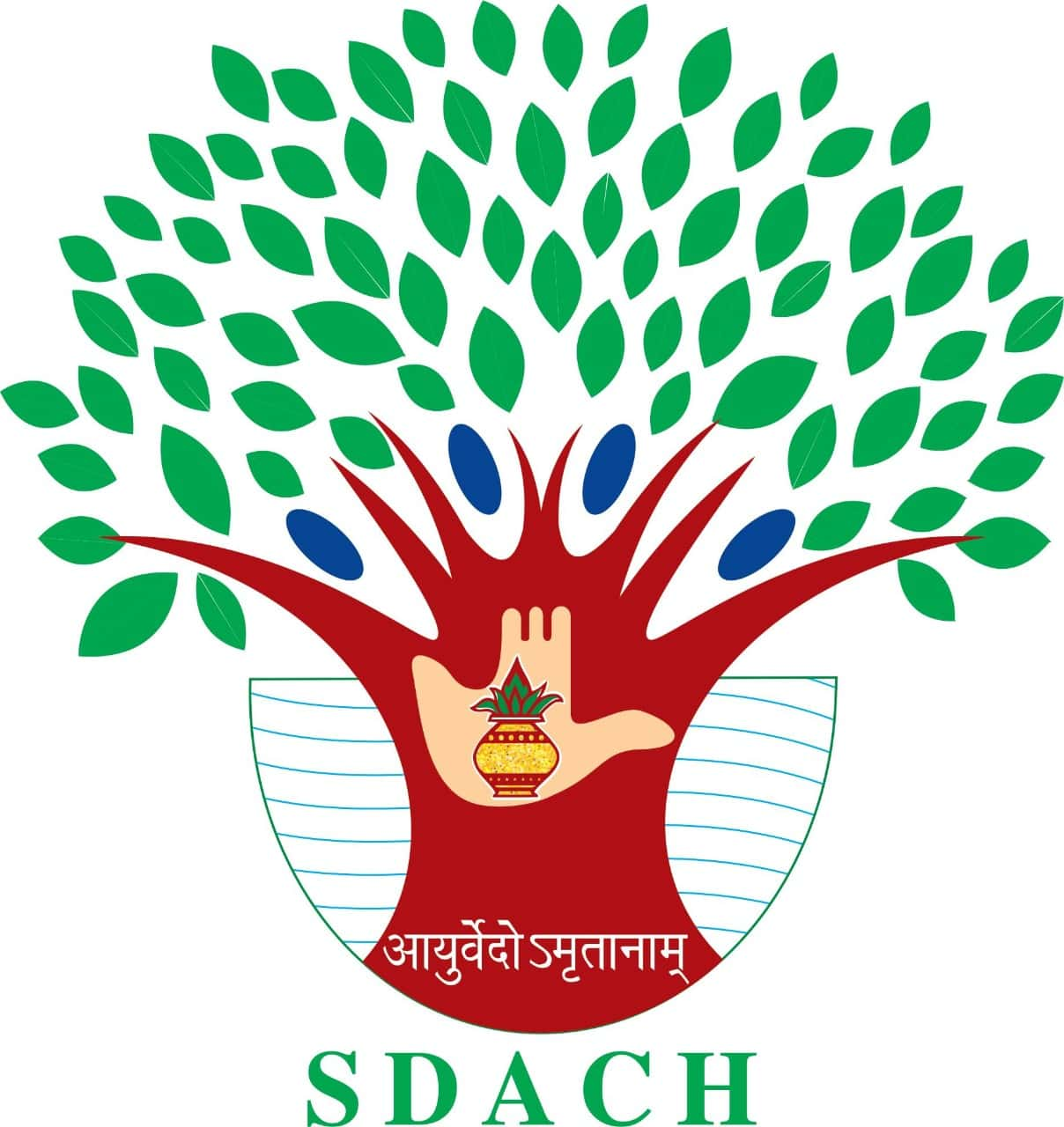Botanical Name : Piper longum
Family : Piperaceae
Introduction :
Pippali used as rasayana & treatment of piles, kasa. In Indian mythology reveals that Pippali has its origin during Samdura mathana along with Amrta (elixer).
Names in different Indian languages :
Hindi : Pipala,pipal
Telugu : pippallu
Tamil : Tippili, pippili,Arisi thippili
English : Long pepper
Bengali : pipali
Marathi : pipali
Panjabi : Maghaun
Kannada : Hipli
Malayalam : Tippali
Sanskrit : Pippali,magadhi
Unani : Filfil Daraaz,Daarfilfil
Synonyms :
Maagadhi, Maagadha, Maagadhaa, Maagadhikaa, Magadhodbhavaa, Vaidehi, Upkulyaa, Pippalikam, Chapalaa, Kanaa, Krishnaa. Uushnaa, Shaundi, Kolaa, Tikshna-tandulaa
Classification according to Charaka, Susrutha & Vagbhata :
Charaka : Dipaniya Kanthya, Asthapanopaga, sirovirecanopaga, sitaprasamana, süla prasamana, Kãsahara, Hikkanigrahana, Trptighna,Vamana.
Susrutha : Pippalyãdi, urdhvabhagahana, Tryusana (Trikatu) Amalakäyãdi, sirovirecana
Vagbhata : Pippalyãdi (A.S.)
Varieties & adulterants – (CV – controversy, AD – adulterants) :
1. Pippali – P. longum
2. Gaja Pippali -P. chaba
3. Simhali Pippali – Cylone variety
4. Vana Pippali.
5. Assam pippali
6. Piper salvelous
Morphology :
An aromatic slender climber.
Stems— Creeping, jointed, attached to other plants while climbing. swollen at nodes
Leaves— alternate, 6-10 cm x 3-5 cm, subacute, entire, glabrous, reticulate venation, cordate at the base. Lower one broadly ovate, cordate, upper one oblong, oval
Flowers— in pendulate spikes. straight; male larger and slender; female 1.5-2.5 cm x 4-5 mm dia.
Fruits— yellowish orange berries , aboid, sunk in fleshy spike.
Flowers in rainy season and fruits in autumn.
Distribution & Habitat :
Found in the hotter parts of India, from central
Himalayas to Assam, Khasi and Mikir hills. Also found in forests of western ghats from Konkan to Kerala.
Chemical constituents :
Piperine, aristolactams, dioxoaporphines, isobutyl amide, longamide, besides guineensine, the lignans, pluviatilol, methyl pluviatilol (fargesin), sesamin , asarinine, Essential oil, mono- and sesquiterpenes, caryophyllene (mainly). piplartine, piperlongumine, pipercide. sesamin, – four aristohtctams (cepharanonle B. aristolactum All. piperlactum A and piperolactam B.)
Properties :
Rasa : Katu
Guna : Laghu. Snigdha. Tiksna (Ardra—Guru)
Virya : Usna (Ardra-Sita)
Vipãka : Madhura
Karma : (Ardra-Kapha vardhaka), Dipana, Vrsya, Rasayana
digestive, appetizer, carminative, haematinic, expectorant, sedative
Indication :
Udara. Pliharoga, jvara, Kustha, Prameha, Gulma, Arsas,sula, Amavata .cough, bronchitis, asthma
Roots are bitter, thermogenic, diuretic, purgative, expectorant, digestive. Useful in gout, splenopathy, lumbago
Pipali are thermogenic, laxative, carminative, digestive, anti septic. Useful in anorexia, colic, fever, epilepsy, haemorrhoids, gout
Part used : Fruit, root
Dosage :
Powder 1-2 g.
External uses :
Internal uses :
Important Yogas or Formulations :
Pippalyãdi ghrta, Pippalyasava, Vyosãdi
Vati, Yakritplihãri loha, Yãkrta pippali yoga, Causastaprahara pippali, Pippalyãdi leha.
Important research work going on :
(1) Antitubercular activity
(2) Anti-inflammatory activity
(3) Antifertility effect
(4) Suppression of cough reflex
(5) Respiratory stimulation
(6) Serum proteins level
(7) Central stimulant activity
(8) Antipyretic activity
(9) Anthelmintic activity
Therapeutic Uses :
(1) Kamala— Pippali is used as Nasya and Añjana (G.N.)
(2) Rasayana— Ghee prepared with Pippali & milk will be useful (V.S.).





